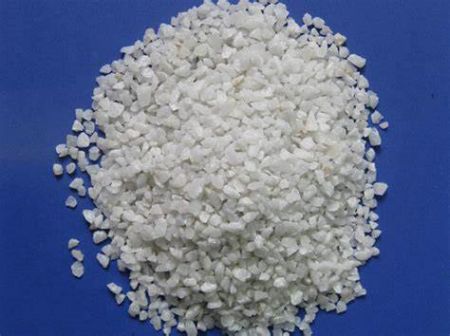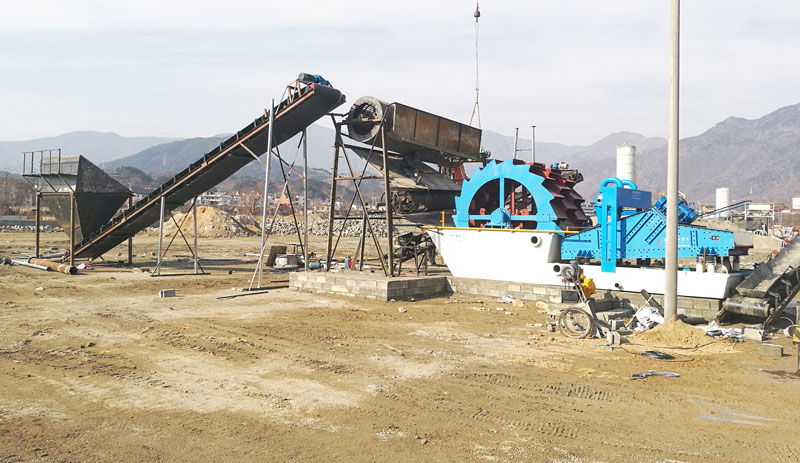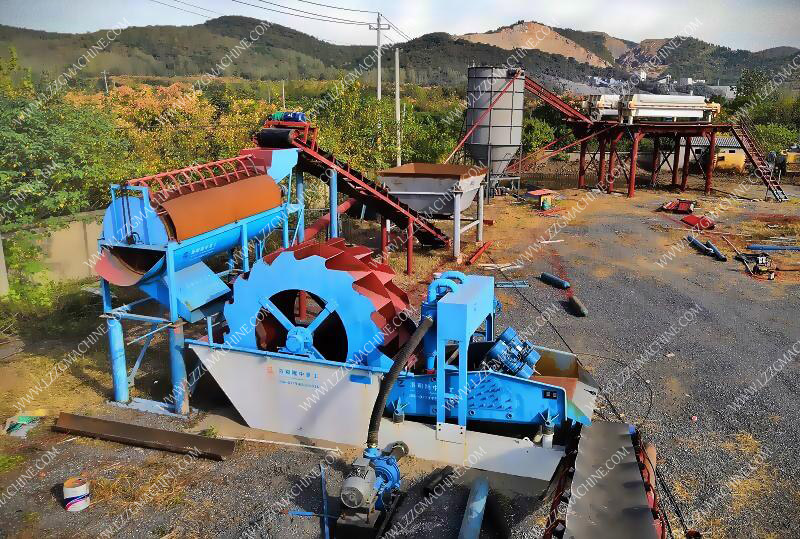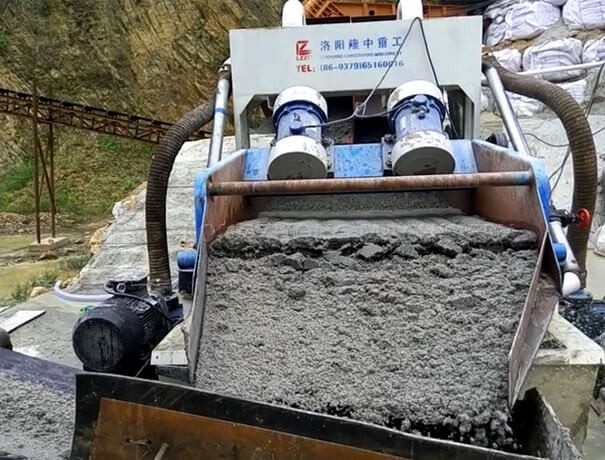Difference between apron feeder and belt feeder
 January.06,2025
January.06,2025
Feeders are usually located at the bottom of the hopper of most crushers and screens, and their task is to move material from the hopper to the screen, crusher or feed conveyor at a steady rate.
Apron feeder
Apron feeders consist of a chassis chain, rollers and tail wheels, similar to the tracks on a bulldozer. The two undercarriages are placed side by side and connected by heavy-duty track bars. The chain links are sealed to prevent material penetration and wear on the system. Due to their structure, apron feeders are more suitable for heavy-duty projects and can handle rocks up to 600mm and above.
Pros
Made of hardened steel
Can handle heavy loads (rocks up to 600mm)
Can withstand shocks
Handles many different types of materials
Cons
Large upfront investment
Slower movement
May be worn by very wet, fine material
May have some fines leaking out
Belt Feeder
A belt feeder is a feeder that operates using a single endless hardened rubber belt, a drive drum, an idler drum, and multiple rollers. This system allows material, typically less than 300mm, to be conveyed over longer distances at higher speeds. However, belt feeders wear out much faster and don’t take as much shock as apron feeders, and are suited to applications where there may be more liquid runoff.
Pros
Great for small pieces of material, either wet or dry
More suitable for smaller materials (max size 300mm)
Moves faster
Reduces upfront cost
Cons
Generally require more maintenance
Cannot tear with sharp materials
Material falling onto the belt may cause damage
Potential for material slipping on the belt





